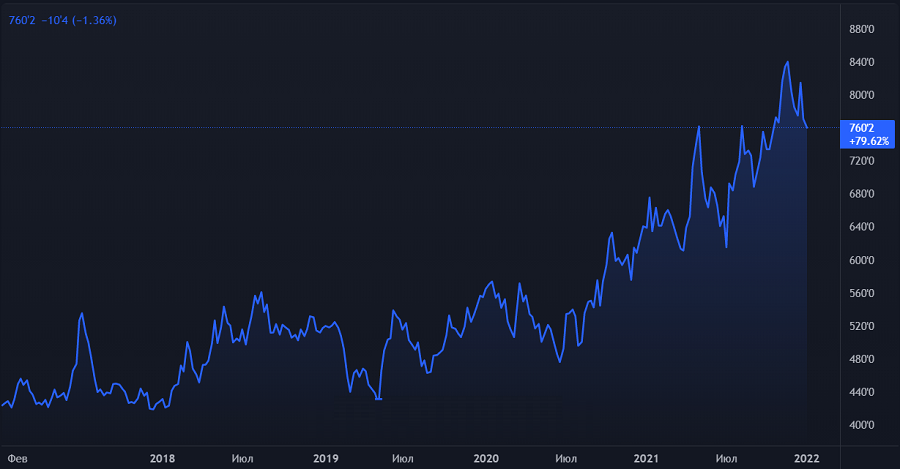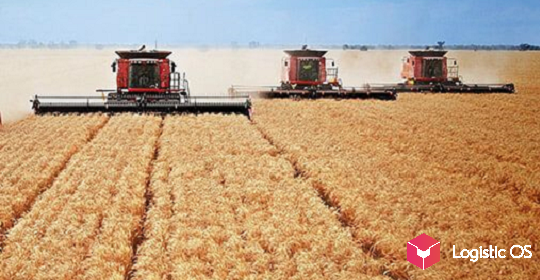But for American farmers, crop cultivation is becoming an increasingly less attractive business.
Reason: Dry weather and increased competition.
Against this backdrop, US farmers are growing less and less wheat.
In 2021, wheat cultivation in the United States increased by 5% compared to 2020 (46.7 million acres, 1 acre — 0.4 ha), but, in general, they have been steadily decreasing over the past 10 years.
For example, in 2008 the sown area was 65 million hectares.
Moreover, by 2030/31, the USDA predicts a decline to 44.5 million acres.
The USDA sees the main reason for the decline in acreage in weak relative profitability, which is not conducive to the transfer of acreage to other row crops for wheat.
The USDA will publish the results of the 2021 harvest only on January 12, 2022, and as of mid-December 2021, a significant part of winter wheat crops is suffering from drought.
Wheat prices in Chicago began to rise in July 2021, having risen as much as possible in the fall.
The market dynamics of the wheat futures price over the past five years is as follows:

The price increase in 2021 is quite understandable:
Russian crop resulting in supply regulation and export duties
Difficult growing season, which went through the sowing of spring wheat in the USA and Canada
Australia’s bountiful harvest dwindles when heavy rains fell during the harvest
Difficult start of hard red winter wheat for the harvest of 2022.
For five years, starting in the 2013/14 marketing year, the world wheat stocks have been increasing, and in two of the last three marketing years they have been declining.
In 2021/22 MY, consumption will again exceed production, and limited global supplies of milling wheat will support grain prices.
And for at least another two years, the market will be sensitive to changes in supply.

